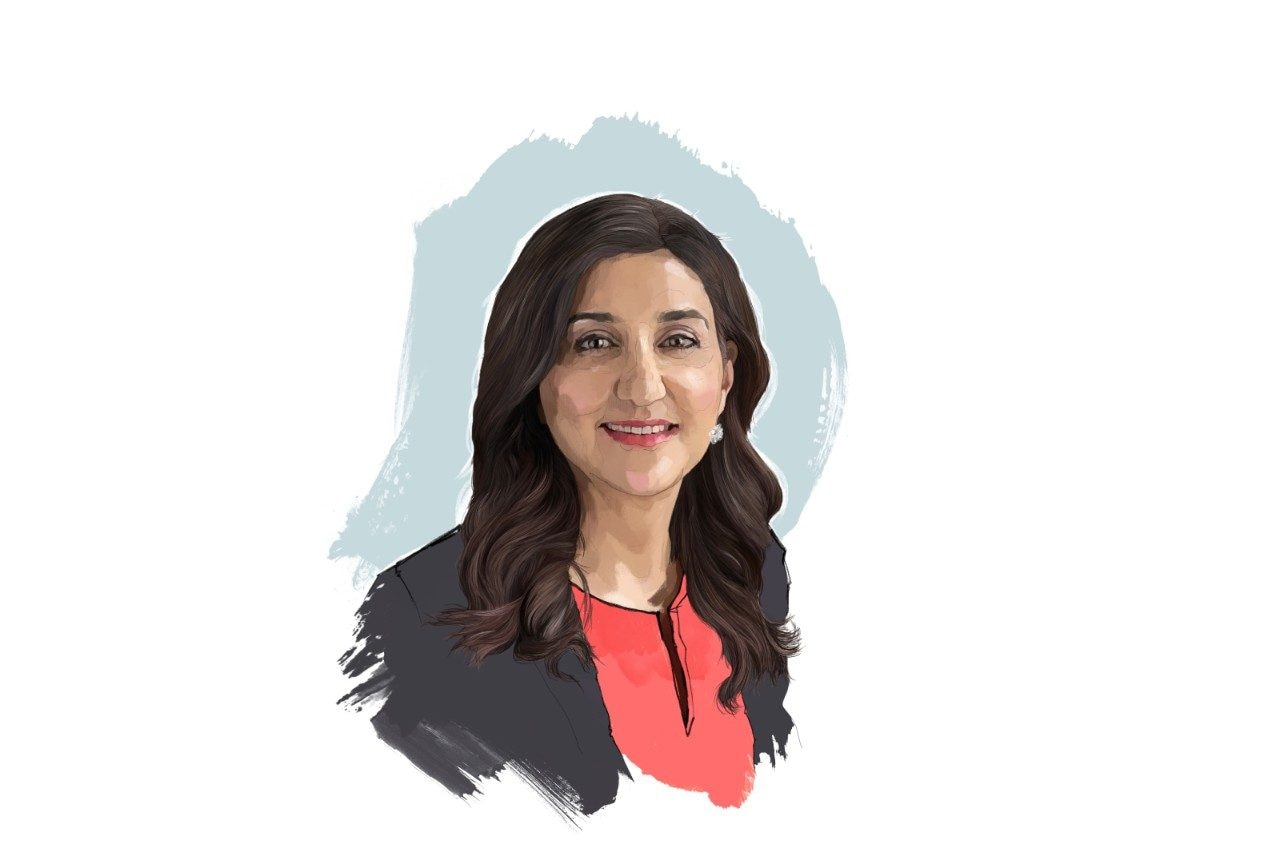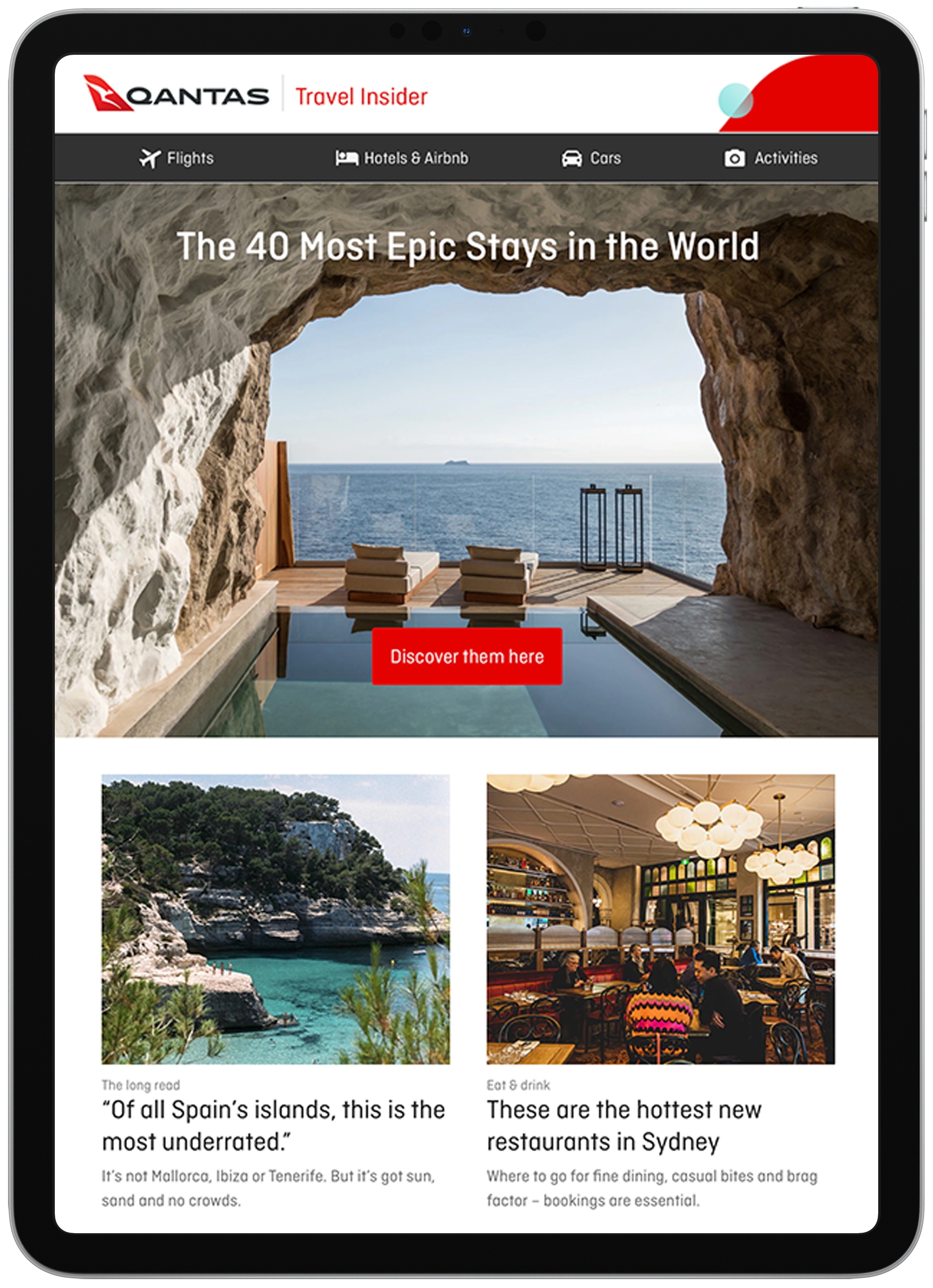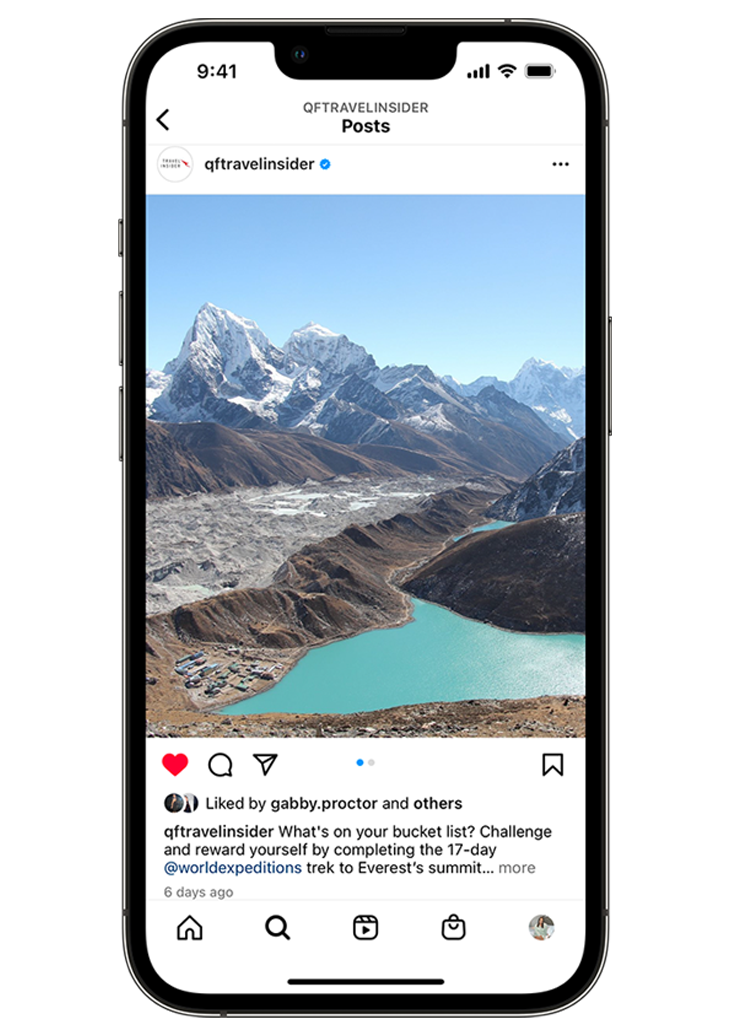Chief Executive Women CEO Lisa Annese on Changing the Status Quo and Never Losing Hope

Determined to change the status quo, the new CEO of Chief Executive Women is a “tempered radical” who never loses hope.
Current role: CEO, Chief Executive Women
Tenure: Three months
Previous roles: CEO, Diversity Council Australia; projects and development director, Diversity Council Australia; diversity manager, Corrs Chambers Westgarth; senior manager, Equal Opportunity for Women in the Workplace Agency
How do you define good leadership?
Good leadership starts with creating, motivating and inspiring a high-performing team. Fundamentally, it begins with people and your ability to harness the talent that’s available to you in the workforce. If you can do that, you can meet challenges much more easily and be more productive. When there are people problems in an organisation, they derail everything.
What are your immediate priorities at Chief Executive Women (CEW)?
Getting the organisation functioning optimally. To deliver on our mission, how do we do things? How do we build a cohesive team environment? How do we manage risk? How do we work with our members? My immediate priority is to get us in perfect working order so that we can be as strategic as possible and take the organisation to the next place.
The remit of CEW is to advance women’s leadership. But 91 per cent of CEO roles are still held by men and last year, CEW’s senior executive census found an increasing number of companies don’t even have a pipeline of female CEO talent. Where do you find the hope?
If you work in the social change space, you’re a natural optimist. I always have a belief that we can improve our world. One of the best things I’ve done since I started was to reach out to all the founders. CEW started in 1985 and the Sex Discrimination Act only became a thing in 1984 so these women built their careers during an era where it was legal to sexually harass women at work and there was no recourse. They were renegades and they were resilient. Many of them are retired now but their spirit is as ambitious as ever. When I listen to them, I can cast my imagination back to what Australia was like then. I have tremendous hope for the future because there’s been so much positive change. We like to reflect on all the things we still have to do but it’s good to take stock of where we’ve come from.
There seems to be a growing backlash against diversity. Is that right? Do you see it as a backlash?
The more we say there’s backlash, there’s backlash. We’ve got to be mindful of the fact that there’s always been resistance to this work. What I believe is that people who support greater inclusion will continue to support it. The people who never supported it are feeling more free to be open about that. I don’t think people have shifted their position. But some people are thinking, “Oh, thank goodness, I don’t have to pretend anymore.” I think it’s a good thing for people to be authentic. You know what you’re dealing with then. If resistance is articulated, you have an opportunity to address it. If it’s covert and disguised, it’s much harder.
You’ve said before that there are varying degrees of bravery and leadership. What’s your challenge to leaders of organisations around Australia?
My challenge to them is to follow the evidence and to resist any emotional push to abandon work on gender equality. The evidence is really clear. Diverse teams in an inclusive culture increase productivity, innovation and performance; they improve decision-making and reduce risk.
We’ve been talking about the evidence for so long. People have heard it before and they’re switching off...
What else do you have to go on but scientific observation of the world and the data? That’s the only way you can meaningfully assess what is true and what isn’t. If you choose to not believe it, that’s an emotional response. It’s probably more to do with someone’s values. Being a leader demands that people are not led by their emotions as much.
Are quotas dead?
It depends on what you mean by a quota. The official definition focuses on mandated regulatory goals that have punitive measures. We’ve never had that in Australia. I think targets are always helpful. Businesses have targets for everything. So why wouldn’t you have targets around people and talent? Are they dead? No, I don’t think so. And in Australia, we have instruments, through the Workplace Gender Equality Agency, that require employers to report on their progress on gender so these aren’t easy things to move away from.
I know sexual harassment prevention and education has been a big focus for CEW. How literate is the corporate community on this issue? What needs to change?
Australian corporates – especially the ASX top 50 – have done a lot of work on compliance training around this. They don’t want reputational damage, not to mention the personal cost of having really problematic behaviour in their workplace. So they do invest in this and they do take it seriously. But the fact that the statistics haven’t changed much reflects emerging ways in which harassment and discrimination play out. The Human Rights Commission showed an increase in these things happening online. So you always have to stay one step ahead of that. And the data on harassment shows that it’s quite prevalent in small businesses, in certain sectors and in ways it’s harder for businesses to control. It may not be staff harassing other staff; it might be customers or clients.
CEW needs high-profile members who can agitate for change but as a member organisation, you also want to be inclusive. How do you manage that?
I’m looking forward to getting to know who the members are. I have a sense of some of them but there are more than 1200. I’m confident there’s a more diverse cohort than we think so I’m trying not to make assumptions. But as a member organisation, it’s incumbent on us to be representative.
Does that include broadening the membership criteria?
The criteria for membership has been broadened. I think that has been a really good thing for the organisation because women’s leadership looks different in different sectors. In the not-for-profit space, you might have really influential women leaders who don’t meet the corporate criteria. It’s early days with the change of that criteria but I think the demography of the membership has probably broadened a bit more to reflect who Australian women leaders really are.
You’ve been working in this space for more than 25 years. Have you always been an activist?
I think I’m wired that way. I like to call myself a tempered radical. If you’re creating social change, your strategy has to be fit for purpose. I like to work within institutions to improve culture and change things in a way that is constructive. But there’s a role for lots of different players. There’s a role for the journalist and the disrupter or the activist and the storyteller.
Is there a role for someone to be angry?
Of course. But it depends on how you channel it. If anger motivates you to be destructive, that’s probably not going to be helpful. But if it motivates you to work really hard, it can be a good thing. There’s no one way to create change; it’s a system that requires lots of different facets.
What do you mean by that?
Well, look at the recent reforms CEW has been advocating for around early childhood education. We’re a leadership organisation but there are also grassroots organisations involved – the early childhood sector, unions, feminist organisations. It takes a whole system of people coming at a problem. The way we approach the need for universal early childhood education is that it’s a productivity issue. We’ve got employers who need access to a broad workforce and they need access to talent. Having a system that doesn’t enable full economic participation is problematic for employers. We also recognise that it’s important for children but we’re not early childhood educators so there has been a voice coming from the early childhood sector. It’s a jigsaw.
They’re wildly different stakeholders. How do you manage all of those voices?
You can always find something in common. I relish working with people who think differently to me and see the world in a different way. Not only does it challenge my thinking but it enables me to take different perspectives on board and improves my decision-making. It’s very arrogant to think your worldview is the correct view because it’s shaped by your own personal lived experience.
What do you think is your greatest strength as a leader?
Optimism and resilience.
And what about your biggest gap?
I lean introverted.
Is that a gap, necessarily? It’s so important to see different types of leadership.
I have a job where it’s necessary for me to be extroverted. I don’t know that it’s a gap but it’s something that I work on.
So how do you look after yourself when you have to push yourself out there all the time?
It’s all the boring stuff. Focus on sleep. Exercise most days. I have constructive ways of managing stress. I eat healthily, generally. I don’t drink very much. I am blessed as a high-energy person. But as you get older, you have to take care of this vessel. There’s that saying that you can have many problems until you have poor health and then you’ve only got one problem. So I’m disciplined on that.
How do you approach difficult conversations?
I’ve focused on building that as a skill. It should be an ongoing conversation because that’s your obligation as a leader, to give people the respect of ongoing feedback. I like to share things they’ve done really well that I like and then share areas of focus. Constructive feedback is meaningful, not personal and given respectfully. For example, telling someone, “Oh, I think it would be great if you could be more responsive on emails...” is different from saying, “I can never get a hold of you. You’re terribly irresponsive on email.” If you demoralise someone to the point where their self-esteem is crushed, they’re not going to show up for you at work the next day. I don’t believe you can lead people in fear. You have to empower people with strength.
What’s one piece of advice you’d give a brand-new CEO?
People are everything. How you cultivate relationships, build psychological safety and interact with people respectfully and with dignity can make the difference between whether you’re going to have a high-performing team or not. You need a team where every person is operating at their best.
On the fly
Personal motto
I’m one person and I’m no more or less powerful than anybody else on the planet.
Email approach
I have a set time in the morning and then in the evening when I like to do a churn through. I’m pretty responsive.
Motivation tactic
Just do it. If you’re waiting for a guardian angel to give you inspiration, you could be waiting a long time. Motivation comes from discipline.
Productivity hacks
I’m a list maker. I pursue my list until I have ticked everything off and I don’t allow myself to deviate onto other things. That keeps me on track.
Business book or podcast
I like the 15 Minutes With the Boss podcast [from the AFR]. It’s quick and I love listening to Australian leaders and hearing about how they approach their day.
Favourite piece of advice
Work to your strengths. If you focus on your shadow areas, you’ll never be as good as someone who is strong in those areas – and people won’t be as good as you are in your natural areas of strength. So lean into your strengths in your leadership.

Start planning now
SEE ALSO: 5 Minutes With Sex Discrimination Commissioner, Dr Anna Cody
The interviewer is a member of CEW.


